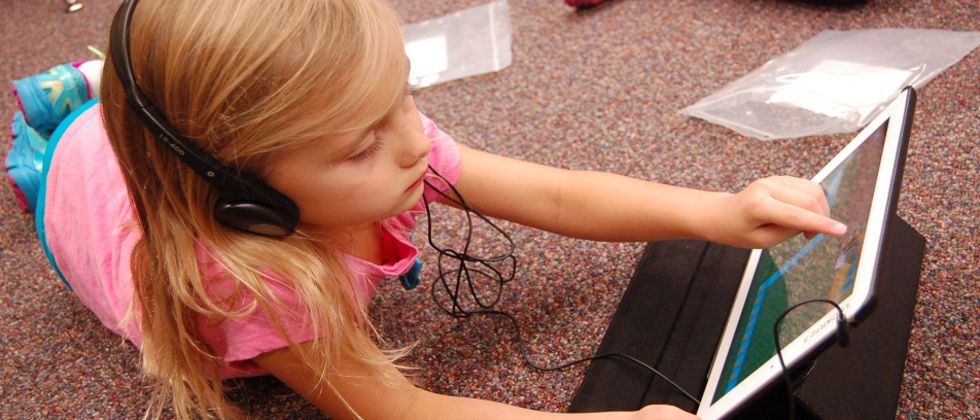California Management Review
California Management Review is a premier academic management journal published at UC Berkeley
by Michael Pollack

In the last few decades, computer sciences have come to dominate technological progression. Computers are everywhere now: your phone, your watch, your car, even in that Keurig that keeps rejecting your off-brand, Trader Joe’s K-Cups. It is estimated that about 2.8 billion people, 34% of the world’s population, are regular internet and computer users. Despite the apparent omnipresence of this technology, however, the inner workings seem to remain an absolute mystery to most users. That is to say, most of these users have no idea how to “code.” Though no exact number has been placed on the population of coders in the world, an indication can be suggested by the amount of registered users to GitHub, the world’s largest Git repository hosting service used to save coding projects. This service hosts about 15 million users. This may seem like a large amount unless one looks back at the 2.8 billion online, placing the GitHub population at only 0.5% of this number. Though this number does not represent all coders per se, since there are some others who may use smaller code repositories, but it certainly does at least represent the majority of the coding population.
This minute percentage, therefore, is fascinating. Computers are such an ingrained aspect of modern society that most of our institutions have become almost completely dependent upon them while the only people who really know how to use them represent an incredibly small demographic. With this in mind, a question is raised: are we, as a society, able to use computer technology to its full extent? The statistics seem to say no. As we drift further and further into a digital age, however, it seems that this state of affairs will need to shift if we are to make way for full commitment to a computer-enhanced society. And so we reach the old cliché: what better way to prepare for the future than to prepare our children for it?
Kids can, in fact, code. It is entirely possible, and for many children it has already become an important part of their primary education. There have arisen several coding education platforms, most notably Code.org or MIT’s educational coding language Scratch, that are fun and interactive methods of teaching this seemingly highly advanced concept to children. These programs are applied to adults as well. A dialect of the Scratch language called Snap! is used to teach UC Berkeley’s students how to code in the introductory course CS10: The Beauty & Joy of Computing. The primary structure of these languages is a series of colorful blocks, which emulate frequently utilized aspects of more formal coding languages, such as Java, C++, or Python, but are also fit together like Legos to allow students to build fun small video games and animations. In this method, children can be introduced to the basic structure and layout of a computer program without being bogged down by the more conceptually demanding aspects of a programming language.
“Several coding education platforms, most notably Code.org or MIT’s educational coding language Scratch, that are fun and interactive methods of teaching this seemingly highly advanced concept to children.”
Through programs like Scratch and Code.org, we are ushering in a new era of advanced computer literacy. While being “computer literate” now might not be strictly necessary, and may only entail familiarity with the interfaces of the most commonly used programs (i.e. Microsoft Office, Google Chrome, Spider Solitaire), we are looking forward to an age where “computer literacy” could be as mandatory as literacy in the vernacular and as complex as understanding how to use different real programming languages rather than merely consumer interfaces. This is a fantastic eventuality. In a manner very similar to vernacular literacy before it, the magic of computer literacy will be brought down from the elite scholars and monastics, hiding away in their colorful Google office facilities and bean bag chairs, to the general populous, where it can be spread to enhance daily life and communication in new innovative ways. With a higher population of coders, there will be more people making new programs, more people perfecting current commonly used programs, and an overall more productive and advanced coding population.
If we are to truly commit to this whole “Digital era” trend, there has to be a shift in education. Let’s take the opportunity to teach our kids how to code. As the coding population rises, we will see more efficient businesses, not dependent on an IT department every time a projector needs to be set up for a conference. This new century can see overall more efficient computers and programs, as the doors open for new coders who may have not had the opportunity before to write and perfect beautiful new software with cultural and historical importance comparable to the works of Shakespeare. Sure, it may seem far-fetched now, but so did the concept of literacy in general before the printing press. We have the technology to advance ourselves into a truly computer literate society, so let’s put it to use.